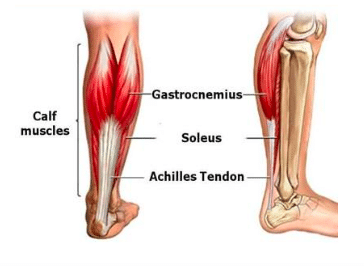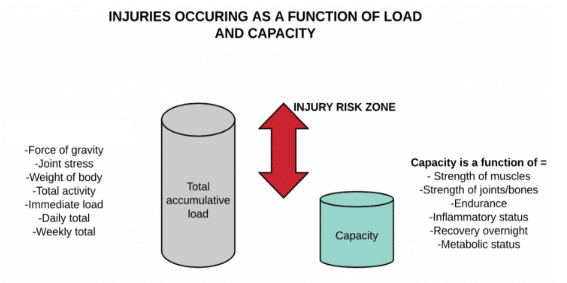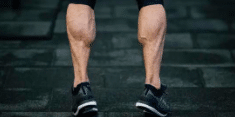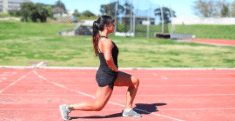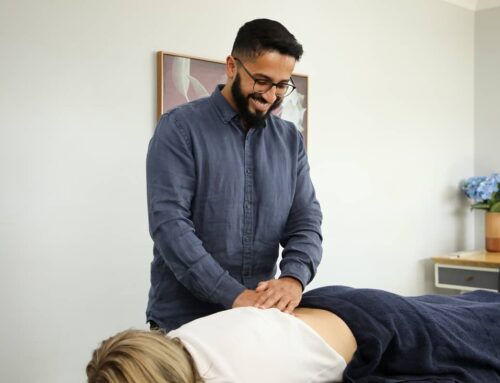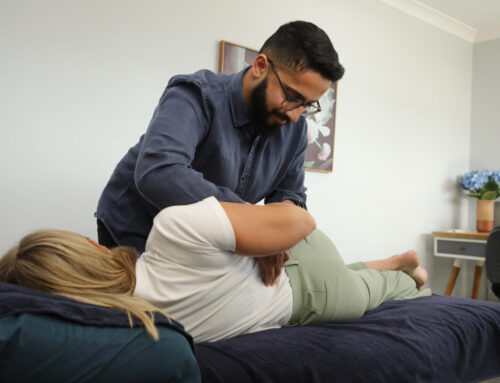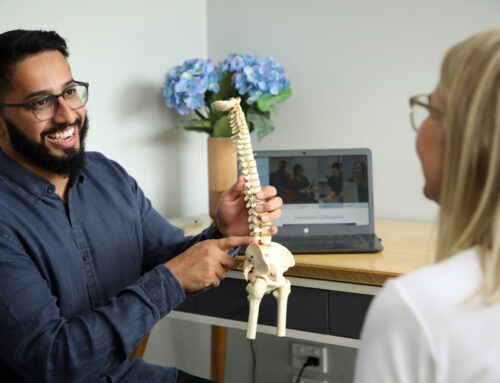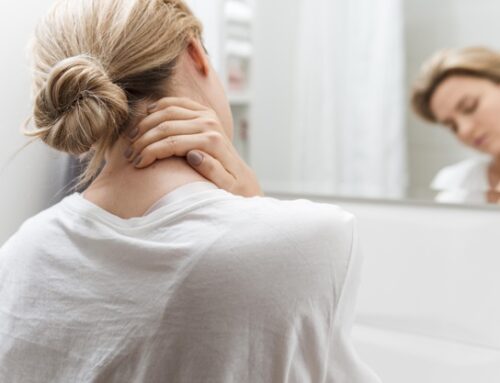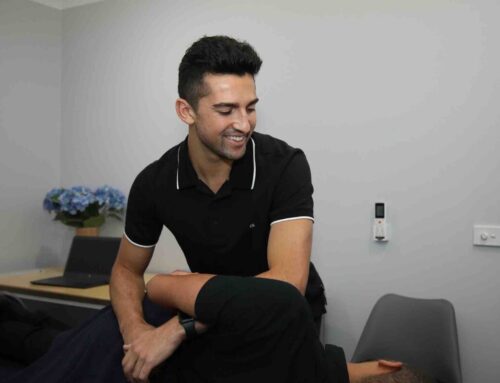Calf strains or tears can strike anyone however the highest risk group are older runners and older men in particular. They can range in severity from very mild to very painful sudden pain.
Anatomy of the calf
Calf muscle strains are common amongst runners and those involved in sports with running or jumping movements. The ‘calf’ consists of two primary muscles: The gastrocnemius and the soleus. The soleus is located slightly lower, however both muscles attach to your heel and perform the planting action of your foot. These muscles provide up to 60% of our force production when we run.
Strains can occur in either or both muscles, as well as the muscles of the deep calf group which is less common.
Typical causes of calf muscle strains
Most calf strains happen from doing too much activity too soon. Often there is an imbalance between your activity load (frequency, volume & intensity of exercise), and your capacity to withstand and recover from that load.
For example, a sudden increase in training sessions, or picking up a social sport 3 nights a week after being inactive for the last 6 months is likely to place excessive load for what your calf is accustomed too.
Building the capacity and strength of the calf complex to meet the demands of running is highly important when rehabilitating to return to sport or running. This mismatch of load vs capacity can be avoided with a tailored rehabilitation plan that includes a structured return to running program.
If you’re interested in hearing more about the relationship of load vs capacity with injury, take a look at this video by the British Journal of Sports Medicine: https://youtu.be/H1rp_v4Dr3g
Building “calf capacity”
When completing a calf rehabilitation program, there are 6 major components to focus on:
- Endurance
- Vertical strength
- Horizontal strength,
- Stiffness
- Intrinsics and
- Technical
Regardless of which calf muscle you strain, the exercises you perform are likely to be similar. The main difference will be considerations with return to running and return to sport exercises.
Endurance
- Progressively increasing the distance and duration of walking, eventually into running.
- Performing exercises with more repetitions using lighter weight
Vertical strength
- Straight knee calf raises
- Bent knee calf raises
- Progressions will include: Double leg,
single leg, adding weight
Horizontal strength 
- Walking lunges
- Forward jumps & forward hops
- Stair climbing
- Hill walking, progress into running
Stiffness
- Stiff tendons will stretch less when pulled, and recoil at faster speeds and forces
- Walking on your toes. Progressions will include holding weight or adding an incline (hill or stairs)
- Single leg isometrics with heavy weight e.g. a single leg calf raise on the smith machine.
- Plyometric exercises: jumping, skipping, hopping
Intrinsics
- To improve medial arch stiffness and decrease arch drop in the foot
- Foot towel scrunches
- Toe lift exercises
Technical
- Beginning to introduce sport specific movements and techniques to mimic desired return-to-activity
- Wall march drill, A skips, B skips
- Agility/speed/ fast feet drills
![]() It is important to consider the stage of your injury to determine which exercises to begin with for each component above.
It is important to consider the stage of your injury to determine which exercises to begin with for each component above.
Seeing a health professional such as an Osteopath can help you manage pain, decrease inflammation, and improve your range of motion to assist in reaching your exercise rehabilitation landmarks sooner. We can also conduct movement assessments which we will use to track your progress as time goes on.
Combining manual therapy, the appropriate training load management and using the above components to optimise the capacity of the calf should allow for a smooth return to sport or running, while reducing the risk of future re-injury.
Call 5941 4157 today or book an appointment with us online.
